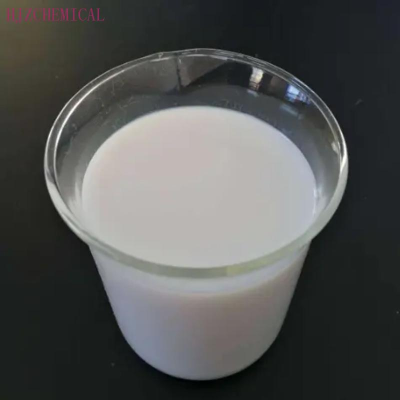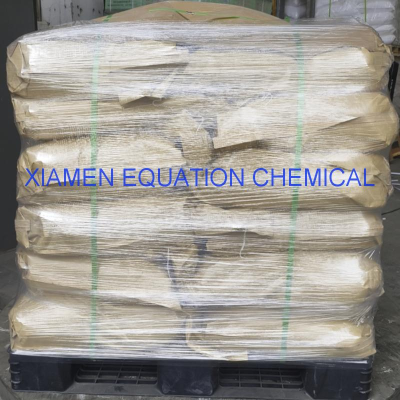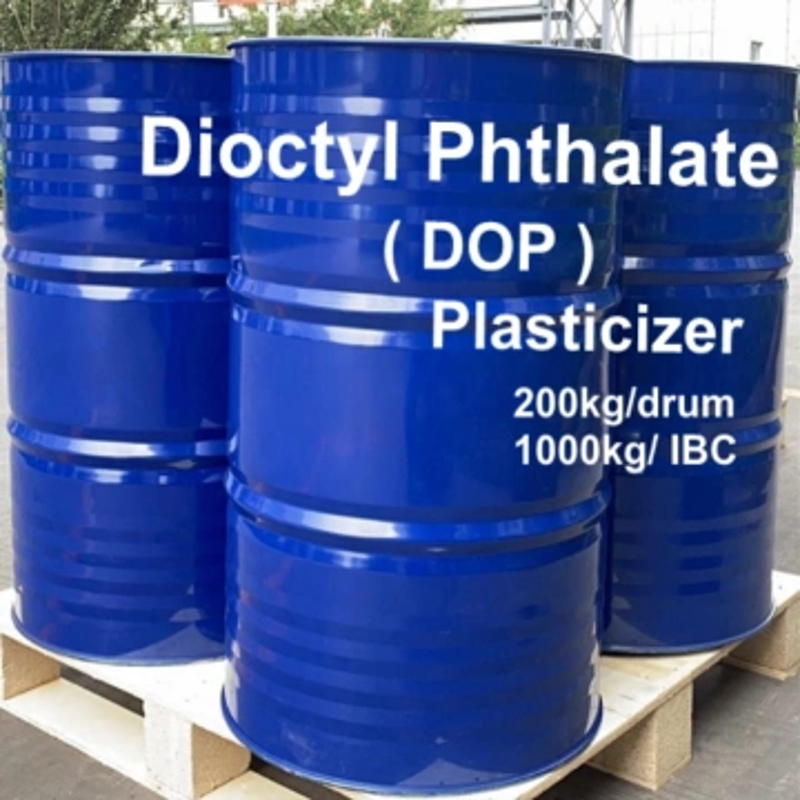-
Categories
-
Pharmaceutical Intermediates
-
Active Pharmaceutical Ingredients
-
Food Additives
- Industrial Coatings
- Agrochemicals
- Dyes and Pigments
- Surfactant
- Flavors and Fragrances
- Chemical Reagents
- Catalyst and Auxiliary
- Natural Products
- Inorganic Chemistry
-
Organic Chemistry
-
Biochemical Engineering
- Analytical Chemistry
-
Cosmetic Ingredient
- Water Treatment Chemical
-
Pharmaceutical Intermediates
Promotion
ECHEMI Mall
Wholesale
Weekly Price
Exhibition
News
-
Trade Service
With the gradual implementation of global and Chinese plastic restriction and even plastic ban policies, the market for degradable plastics is expected to open up, with more than ten times the space, and it is expected to reach a market of 10 million tons.
Degradable plastic
Plastic limit policy accelerates
In recent years, developed countries and regions such as Europe, the United States, and Japan have successively formulated and issued relevant laws and regulations to restrict the use of non-degradable plastics through measures such as partial prohibition, restriction, mandatory collection, and collection of pollution taxes, and vigorously develop new biodegradable materials.
The rapid growth of production capacity has large room for substitution of polylactic acid
According to new data released by the European Bioplastics Association in September 2019, as of September 2019, the global annual production capacity of bioplastics was 2.
Considering that from the second half of 2019 to the beginning of 2020, many new countries around the world have promulgated plastic restriction policies, including China, which accounts for about 20% of the world’s plastic production and 15% of the world’s consumption, which is huge.
In the past two years, the types of biodegradable plastics that have grown rapidly in production capacity are PBAT, PLA, and starch-based plastics.
Strong demand is mainly for daily food packaging
According to the research report data released by IHS Markit in 2018, the global demand for biodegradable plastics was 269,000 tons in 2012, and the global demand for biodegradable plastics in 2018 was 360,000 tons, corresponding to a market size of 1.
According to the expansion of biodegradable production capacity of major global manufacturers and the introduction of plastic restriction policies in major countries in 2019, the growth in global demand for biodegradable plastics has exceeded IHS forecasts in 2019.
According to a survey by the United Nations Environment Programme (UNEP), at least 67 countries and regions around the world have adopted restrictions on disposable plastic products.
The food packaging, tableware and bag markets are the main growth drivers for biodegradable plastics.
(Keywords: plastic degradation)







